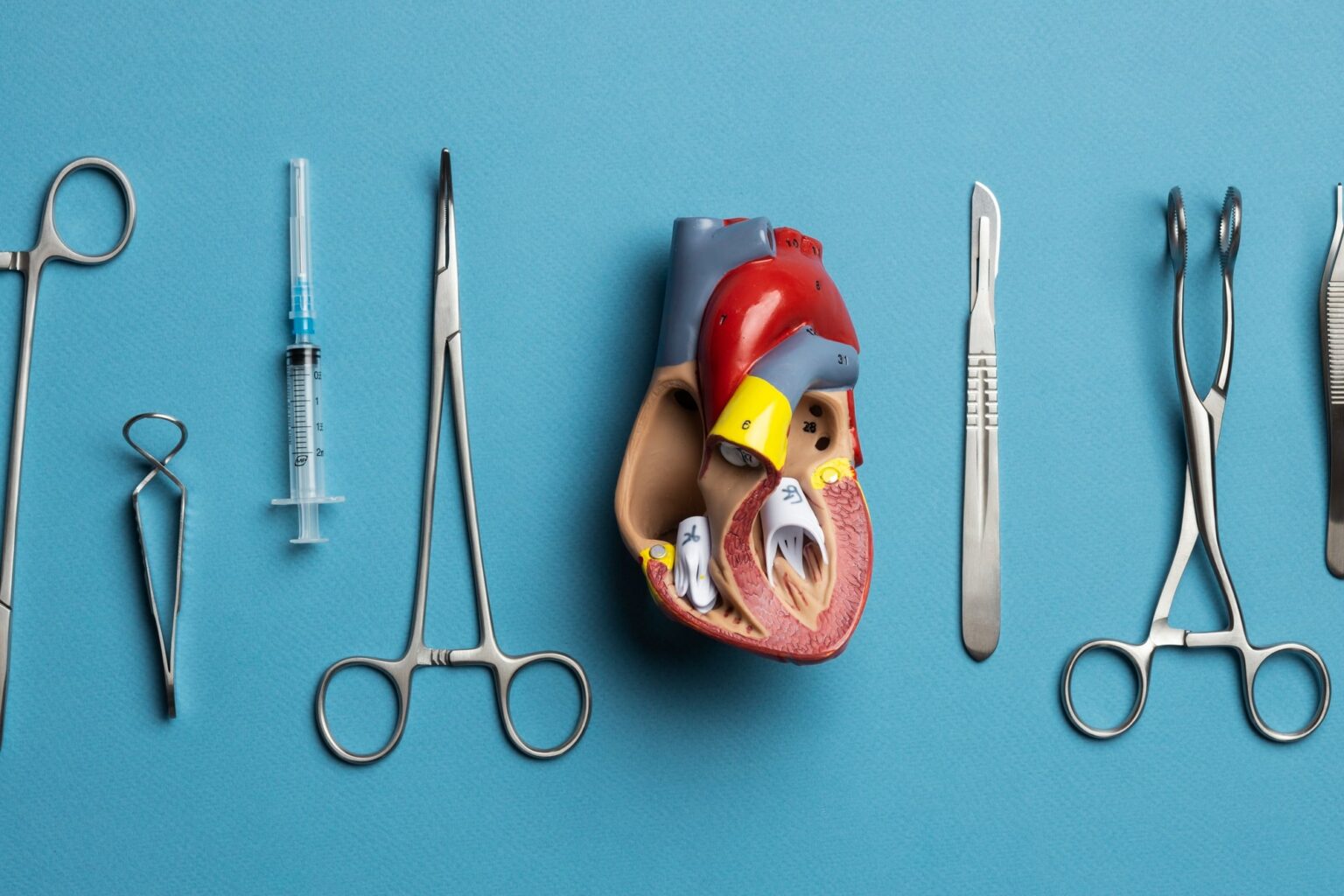Bioprinting is an innovative technology that has the potential to overcome the shortage of organs available for transplantation by creating functional, patient-specific organs and tissues. Bioprinting combines 3D printing techniques with living cells, biomaterials, and bioactive factors to fabricate complex, three-dimensional structures that mimic the architecture and functionality of native organs. Here’s how bioprinting is advancing organ transplantation:
- Organ Replacement: Bioprinting offers the possibility of creating organs and tissues on-demand, tailored to the specific needs of individual patients. By using a patient’s own cells or cells derived from compatible donors, bioprinting can produce personalized organs that reduce the risk of rejection and improve long-term outcomes. This technology holds promise for addressing the shortage of donor organs and reducing waiting times for transplantation.
- Tissue Engineering: Bioprinting plays a crucial role in tissue engineering, which aims to regenerate damaged or diseased tissues. By layering cells, biomaterials, and bioactive factors in a controlled manner, bioprinting can create structures that closely resemble native tissues. This approach has been successful in generating functional tissues such as skin, cartilage, bone, and blood vessels, among others. Tissue-engineered constructs can be used for transplantation, promoting tissue repair and regeneration.
- Complex Structures and Vascularization: Bioprinting allows for the creation of complex structures and intricate vascular networks within engineered tissues. Blood vessel networks are essential for providing oxygen and nutrients to cells within larger tissues and organs. Bioprinting techniques, such as incorporating bioinks with vascular cells and using sacrificial materials, enable the fabrication of vascularized tissues that more closely mimic the native environment. This advancement is crucial for ensuring the survival and functionality of larger engineered constructs.
- Drug Testing and Disease Modeling: Bioprinting also serves as a valuable tool for drug testing and disease modeling. By printing 3D tissue constructs with specific cell types and disease characteristics, researchers can simulate disease processes and test the efficacy and safety of potential therapeutics. This approach has the potential to revolutionize the drug discovery process, reducing the reliance on animal models and improving the predictability of preclinical testing.
Despite significant progress, several challenges remain in the field of bioprinting and organ transplantation:
- Cell Source and Biocompatibility: Sourcing the appropriate cells for bioprinting, ensuring their viability and functionality, and promoting compatibility with the recipient’s immune system are ongoing challenges. Identifying suitable cell sources, optimizing cell survival during the printing process, and ensuring long-term function are areas of active research.
- Vascularization and Integration: Creating a functional vascular network within bioprinted constructs remains a complex task. Ensuring proper vascularization and integration with the recipient’s vasculature is critical for sustained tissue viability and function. Researchers are exploring various strategies, including bioprinting with bioinks that promote angiogenesis and integrating pre-formed vascular networks into printed constructs.
- Regulatory and Ethical Considerations: The development and clinical translation of bioprinting technologies require careful consideration of regulatory guidelines and ethical implications. Safety, quality control, and ethical use of bioprinting technologies, particularly when using human cells and tissues, must be addressed to ensure patient safety and public acceptance.
While challenges persist, bioprinting holds immense promise for transforming organ transplantation by overcoming the shortage of donor organs and providing personalized solutions for patients in need. Ongoing research, technological advancements, and interdisciplinary collaborations are essential to further refine bioprinting techniques, improve functional outcomes, and bring this transformative technology closer to clinical reality.



